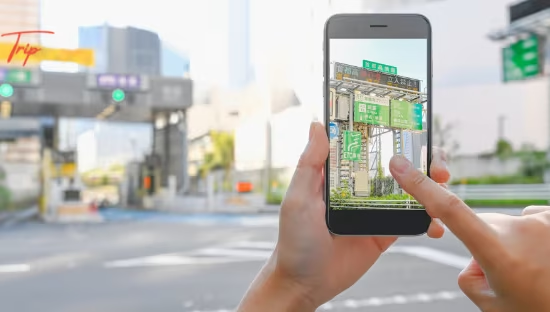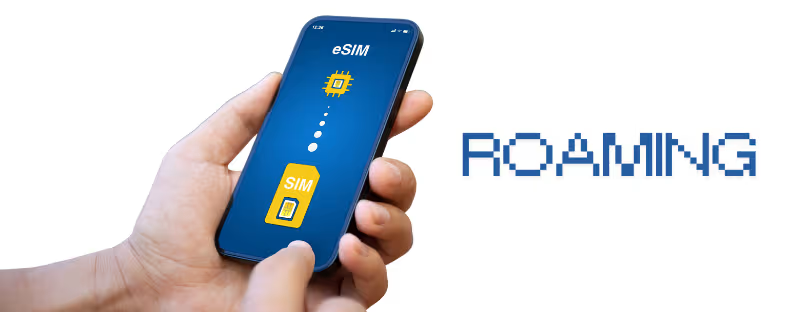
2 Days in Zurich: Exploring the City with Two eSIMs – BNESIM vs Airhub
When you think of Zurich, what probably comes to mind is Swiss efficiency, perfectly timed trams, clean streets, and beautiful lake views. So when I recently spent 48 hours there, I expected everything—including my mobile connection—to run like clockwork. Spoiler alert: it didn’t. At least not with both of my eSIMs.
Let me take you through my short but packed trip to Zurich—and how two different eSIMs completely changed my experience on the ground.
First Things First: Why Two eSIMs?
As someone who’s always testing travel tech, I decided to run a side-by-side comparison of two popular travel eSIMs during this trip: BNESIM and Airhub. Both offer global coverage, and I’ve used them before in other countries. But Switzerland? That turned out to be a very revealing battlefield.
My idea was simple: I installed BNESIM on one phone and Airhub on another, activated both at the same time, and set out to compare how they performed—connection speed, reliability, and overall user experience. Bought these eSIMs: AirHub eSIM with 1 GB valid for 7 days for €3 and BNESIM eSIM with 3 GB valid for 30 days for €4.35.
Arrival in Zurich: Let the eSIM Games Begin
I landed at Zurich Airport just before noon. After switching off airplane mode and powering up both eSIMs, the difference was clear within minutes.
Airhub connected almost instantly. Like, within seconds, I had 5G bars and everything was working—Google Maps, Chrome, Instagram, you name it.
BNESIM, on the other hand, took its sweet time. And by sweet time, I mean a full 15 minutes of reconnecting, restarting, toggling airplane mode, waiting, and praying. It eventually connected to the Swiss network, but not without a lot of finger tapping and sighing at the arrivals gate.
Exploring Zurich: From Bahnhofstrasse to Lake Views
Once I was out and about, the differences became even more obvious.
I started my day in Bahnhofstrasse, Zurich’s famous shopping street. While trying to check tram schedules and look up a coffee spot, BNESIM kept dropping the signal. Sometimes I’d get a sliver of internet back, but it was barely enough to load WhatsApp messages. Instagram and Safari? Forget it.
Meanwhile, Airhub ran like a Swiss watch. Consistent signal. Fast speeds. No delays. I was able to find my way to a lakeside café, upload a quick story, and even join a short video call without any hiccups.
Hotel Wi-Fi Can’t Save You on the Move
That night, I stayed near Zurich’s Old Town. Sure, the hotel Wi-Fi was solid, but once I stepped out the next morning to catch a tram toward Uetliberg (for that amazing city view), it was game time again.
I tested both eSIMs side-by-side—running speed tests, opening apps, and sending media.
- BNESIM: 3G popped up. Then LTE. Then nothing. Messages took forever to send. Google Maps tried to reroute me but kept freezing.
- Airhub: 5G with full signal. I even streamed a Spotify playlist while taking in the view from the hilltop.
At one point, I switched back to BNESIM just to double-check it wasn’t a fluke. It wasn’t. Signal was weak and unstable, even in the city center. The most it could reliably handle was WhatsApp texting. And even that came with delays.
Customer Service? I Didn’t Even Bother
I’ll admit—I didn’t contact BNESIM’s support this time. Why? Because I’ve done it before, and I already know the script: reset, restart, wait. On a short trip, I don’t want to waste half a day troubleshooting when I could be exploring.
Airhub didn’t need any help. No SIM reset, no APN tweaks, no settings to fiddle with. It just worked.
Final Thoughts: Which eSIM Wins in Zurich?
If you’re headed to Zurich—or honestly, anywhere in Switzerland—and you’re choosing between BNESIM and Airhub, here’s my verdict based on two days of real-world use:
- Airhub is the clear winner. Super fast connection, no dropouts, full app functionality. I didn’t have to think about it once it was activated.
- BNESIM struggled from the start. Long connection time, unstable signal, and limited usability. It might be fine in other countries (I’ve used it successfully in Portugal and Spain), but Zurich? Not so much.
Would I Use Them Again?
I’ll keep BNESIM as a backup because it sometimes works well in specific regions—they often offer very affordable packages, but in this case, it came at the expense of quality. But if I want something that just works—especially on a quick trip—Airhub is now my go-to.
And honestly, that’s what matters most when you’re traveling. You don’t want to be sitting on a bench near the Limmat River trying to fix your data while everyone else is snapping photos and enjoying their time. You want your tech to fade into the background, doing its job silently and efficiently.
Pro Tip for Fellow Travelers
Always test your eSIM before your trip if you can. And if you’re using dual eSIMs like I did, switch between them in your phone settings to compare speeds and coverage. Not all eSIMs perform the same way in every country, and reviews can’t always predict your experience.
And for Switzerland specifically? Go with Airhub.
If you’ve had similar experiences with eSIMs—good or bad—I’d love to hear about them. Drop a comment or DM. Always curious how these things play out in real life, especially in places where you’d expect perfection.
Until the next trip—stay connected and travel smart.









